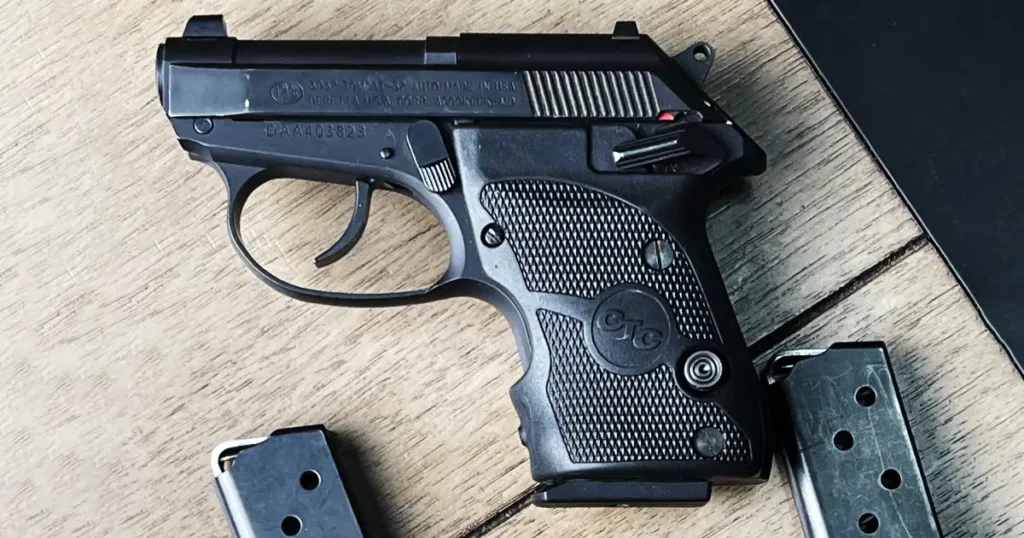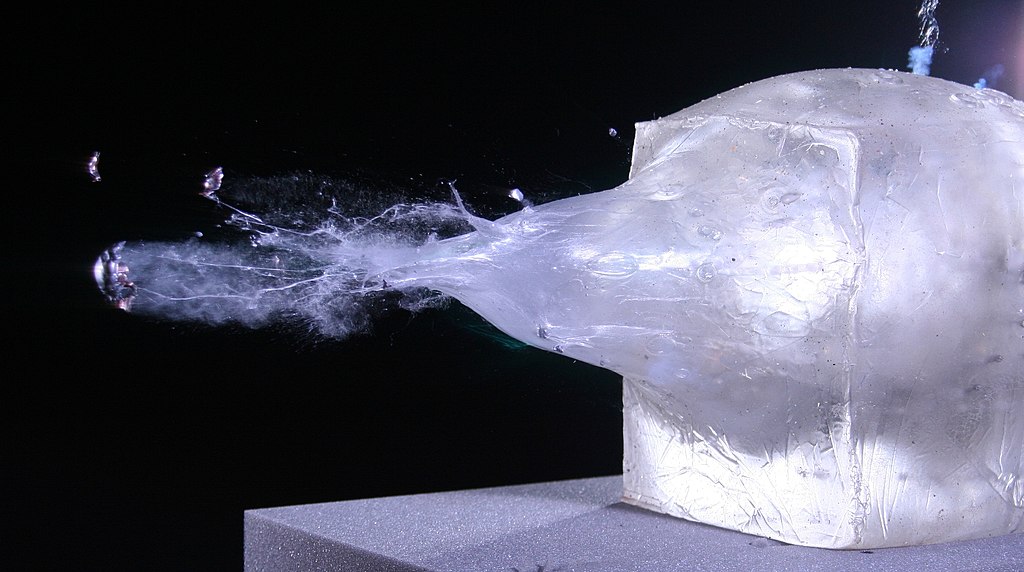Despite the advent of the double-stack micro 9mm class of pistols, sub-calibers have stayed popular. If anything, sub caliber mouse guns are starting to get slightly more popular.
There are more .32 caliber revolvers on the market now than there were a decade ago. Compact .22 pistols are slightly more common than they were. There are actual .22 Magnum semi-autos, a caliber that has rarely been offered in anything other than rifles or revolvers.
With sub-caliber pistols – definable as a smaller cartridge than the smallest service cartridges (.38 Special and 9mm) and/or less powerful – becoming slightly more proliferate, this means they’re an option. But are they tenable for self-defense?
 Obviously, 9mm is considered the benchmark for a fighting pistol; smaller calibers – the story goes – come with compromises and deficiencies, but larger calibers come with reduced capacity and increased recoil.
Obviously, 9mm is considered the benchmark for a fighting pistol; smaller calibers – the story goes – come with compromises and deficiencies, but larger calibers come with reduced capacity and increased recoil.
Why carry a smaller gun?
Easier concealment, reduced recoil…or possibly both.
The reality is carrying and concealing a service-size pistol is not terrifically difficult, but a J-frame revolver or pocket-size semi-auto is a heck of a lot easier.
\ Plenty of people are carrying a Glock 34 or Staccato with a light and a red dot in an appendix rig and pulling it off, but less gun is also less hassle.
Plenty of people are carrying a Glock 34 or Staccato with a light and a red dot in an appendix rig and pulling it off, but less gun is also less hassle.
It’s also the case that the micro 9mm pistols like the Sig P365 or Springfield Hellcat are snappy, and there is absolutely a performance deficit with a smaller gun compared to a larger one.
But this begs the question of whether you’re giving up surety of efficacy in doing so.
What Do You Need In A Defensive Pistol?

Handgun wounding has been grossly overestimated by the laity, though the modern gun owner seems to be broadly more aware of that now than in previous eras. Pistols are little more than cordless drills; all they do is punch holes in things.
What is actually necessary in terms of what a cartridge of any particular caliber to do in order to be effective for defensive purposes?
It has to ignite reliably, it has to reliably cycle a semi-auto pistol if that’s what you’re using, the point of impact has to closely correlate to the point of aim, and the bullet has to poke deep enough to injure vital structures.
That’s it. The expansion of expanding projectiles is nice, but strictly speaking, it’s a secondary consideration. It only matters when/if the projectile can exit the target with enough velocity and energy to injure someone else.
So…can the popular sub calibers – like .22 LR, .22 WMR (.22 Magnum) .32 ACP, .32 S&W Long and so on – poke a deep enough hole?
Sub Caliber Ballistics
If we look at testing, the available information indicates that sub calibers absolutely have the potential to be fully effective for defensive purposes.
Lucky Gunner Lab’s ballistic testing, which uses part of the FBI’s testing battery by shooting five shots into 10 percent gelatin through four layers of denim (the FBI’s full protocol also includes shooting through barriers) and they have tested a fair amount of .22 LR, .22 WMR, as well as a battery of .32 caliber cartridges.
.22 WMR/.22 Magnum satisfied the FBI’s 12-to-18-inch penetration depth standard reliably with pistols that had both 2- and 4-inch barrels. .22 Long Rifle was spotty, though several loads coming close but still not achieving the 12-inch minimum.
.32 ACP fell short with expanding ammunition, though FMJ ammunition met the FBI standard. .32 S&W Long met the 12- to 18-inch standard, as did most loads of .32 H&R Magnum.
.380 ACP is capable, but load selection is critical as both over- and under-penetration were observed.
Greg Ellifritz of Active Response Training’s widely disseminated “Alternative Look At Stopping Power,” tracked various handgun calibers used in defensive shootings and found that the sub calibers were indeed very effective when capably used. In fact, he found a higher rate of fatality for .22 LR than 9mm, though a higher rate of failure to stop.
The International Wound Ballistics Association published gel test profiles in the early 2000s indicating .22 LR at high velocity (around 1200 fps) was certainly capable of meeting the FBI’s penetration standard as well.
Other informal gel testing by reputable sources has also shown that the sub calibers are capable of doing everything necessary of a defensive cartridge, such as the snubby revolver gel test results from the annual Pat Rogers Memorial Revolver Roundup held at Gunsite.
In other words, what information we actually have indicates they are. However, what information is out there also suggests that ammunition selection can be vitally important depending on the caliber in question, and shot placement can become even more critical.
So yes, sub calibers would appear to be absolutely viable if they happen to fit your context…and a gun that’s easier to conceal and shoot very well actually fits far more people’s context than a service-size handgun with a weapon-mounted light does for the armed citizen in the real world.
That doesn’t mean that everyone should switch to a .32 snub; it just means that if you find that a sub-caliber pistol fits your context either best overall or in a particular role, it doesn’t put you at a disadvantage. Inability to use the weapon competently, however, will.
Whatever your choice of personal defense tool(s) is or are, proper training and practice will always be paramount.










Yes, it is worth carrying. The first rule of gunfighting is ‘have a gun’.
My recent post re the .22:
https://www.goodhillpress.com/2022/10/the-case-for-discreet-carry-22.html